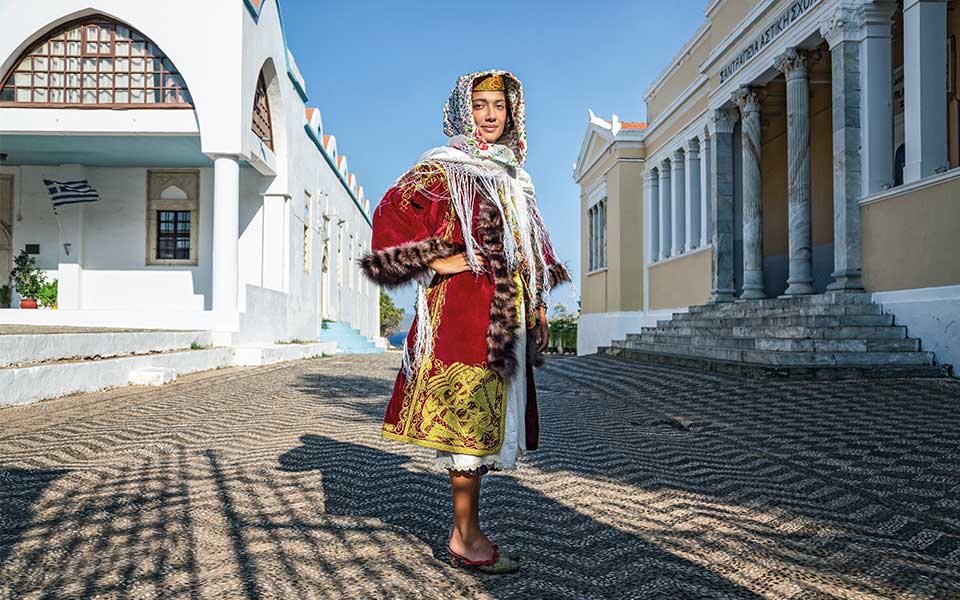Women’s dress on Kastellorizo might be a poetic metaphor for the story of the island itself. The centuries layered drama upon drama to construct the island’s complex history. Similarly, the island’s women layered exotic fabric upon fabric to create an image of rich abundance. Dress was not to enhance a woman’s charms, but to reflect her social position.
Silks and brocades from the trade routes of the Mediterranean found their way to Kastellorizo to adorn its people. Names from exotic locations tumble together to describe the rich components: tarabalousi from Libya, mezaroulenia from Egypt, hambousaki from Beirut. Printed cottons came from Russia, cashmeres from India, and silks from France.
The core component of the women’s ensemble was the kavadi. This richly brocaded, often gold-threaded open kaftan sat over a white poukamiso, or chemise, and from beneath peeked the brocaded vraka, or pantaloon. A length of wide silk, the zosma, swathed the hips. Most impressive was the silk velvet gouna, the fur-lined, gold-embroidered coat. The younger girl’s version, the kontohi, came only to the hips but was similarly embellished. Atop this went the long fringed mandili, the large kerchief pinned to the tsaki, or cap, on the woman’s head.
The fustanella, or Greek kilt, of the mainland was alien to the islands, including Kastellorizo. Here, the men wore the vraka. Embroidered vests were worn over collarless shirts, while a silk zounari, or sash, gave a dashing touch to the waist.

© Courtesy of Nicholas C. Bogiatzis

© Courtesy of Nicholas C. Bogiatzis
The overall impression was of wealth and abundance. For an island of traders, the outward display of prosperity was a public display of success. Characteristic of trading islands, jewelry was mostly of gold, unlike the silver common in agriculturally based economies. Not coincidentally, sleeves came only to the elbow to allow the display of arm jewellery.
Yet despite this abundance of jewelry, nothing characterized Kastellorizian dress more than the boukla, or brooch. It is still the single item that most resonates with the community of today. A charming element of a bride’s wardrobe was the kotsini, or red parasol. As Kastellorizian culture was rooted in Eastern traditions as well, a bride would have been confined to home before marriage. So as she walked to her wedding, the sun shining through the red parasol would endow a healthy red glow to her cheeks.
All the components of a young woman’s dress, plus her jewelry and household effects for marriage, would be agreed in the essential pre-nuptial agreement, or prikosymphono. This also confirmed women’s property rights well before their Western sisters.
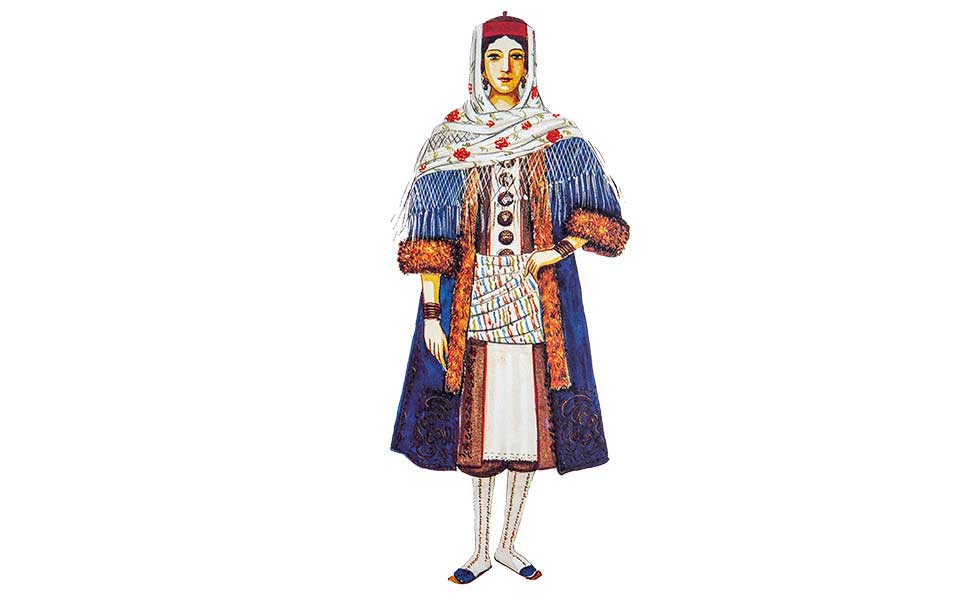
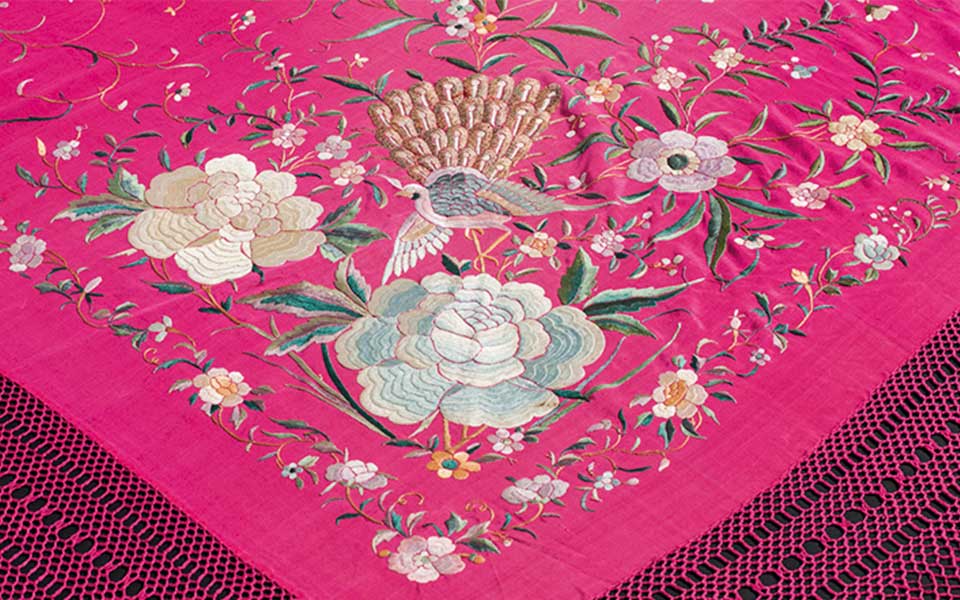
© Nicholas Papas personal archive

© Nicholas Papas personal archive
KAVADI
The open kaftan is characteristic of Kastellorizian dress. It was made from the richest of materials and designed to impress. The bottom was tailored to flare open as a woman walked, to show the psalidia, or triple silk lining, in the kavadi’s lower corners.
MANDILI
These heavily embroidered large silk scarves dramatically completed the ensemble. They came from both East and West, sourced from China, Marseilles and Constantinople. Widows would wear tsilaniotika, scarves made from a dark dyed fabric brought from Ceylon.
JEWELRY
Less was not more! Jewelry was a critical indicator of status. Chains of gold coins displayed family wealth or a girl’s dowry. Each ear was triple pierced for earrings. As was fitting for a merchant culture, jewelry was largely coin-based, allowing items to be readily cashed out or added to in order to meet changing needs.
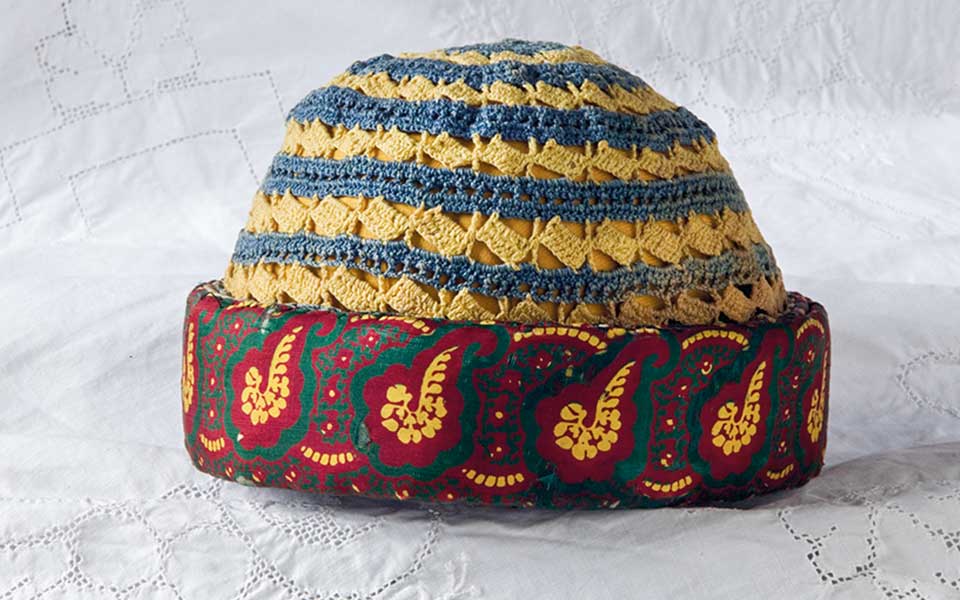
© Nicholas Papas personal archive
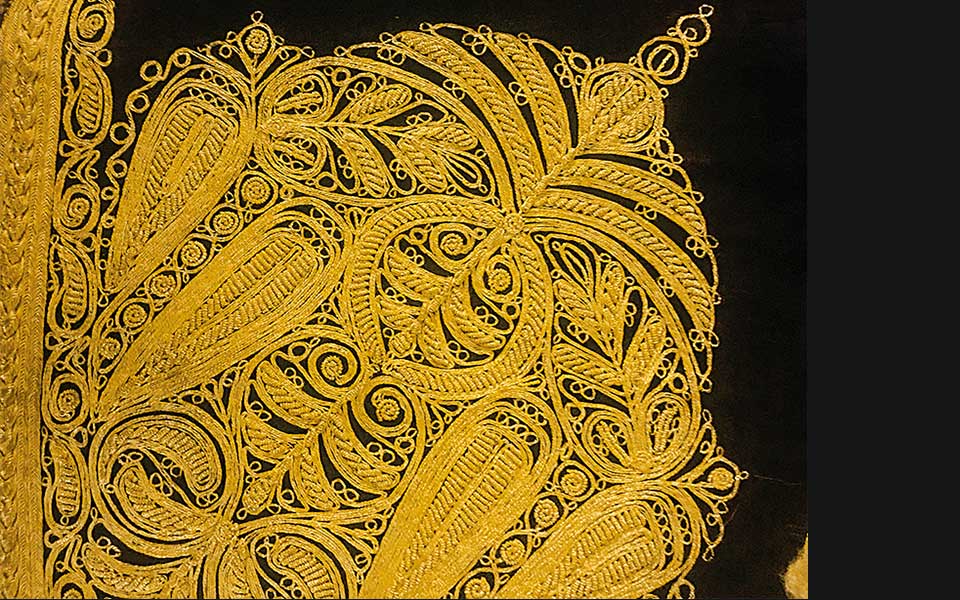
© Nicholas Papas personal archive
TSAKI
The heavy mandili was held to the cap by a gold karfovelona, or coin pin. A bride might wear the popazi, or crimson felt hat, rather than the usual tsaki, or cap. An older woman might add a small kapalossi, or knitted cap (left).
GOUNA
No word other than “sumptuous” can describe this coat. It was of deep magenta or royal purple silk velvet, with a fur-lined front and sleeves. Heavy embroidery using kalapatani, gold thread from Alexandria, added lustre and sensuously emphasized the waist and rounded hips.

© Nicholas Papas personal archive
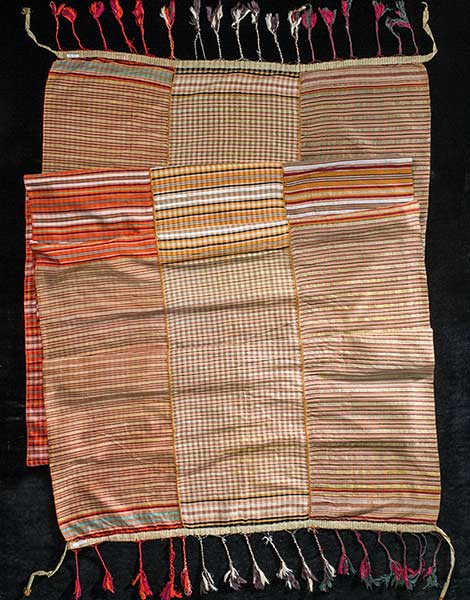
© Nicholas Papas personal archive
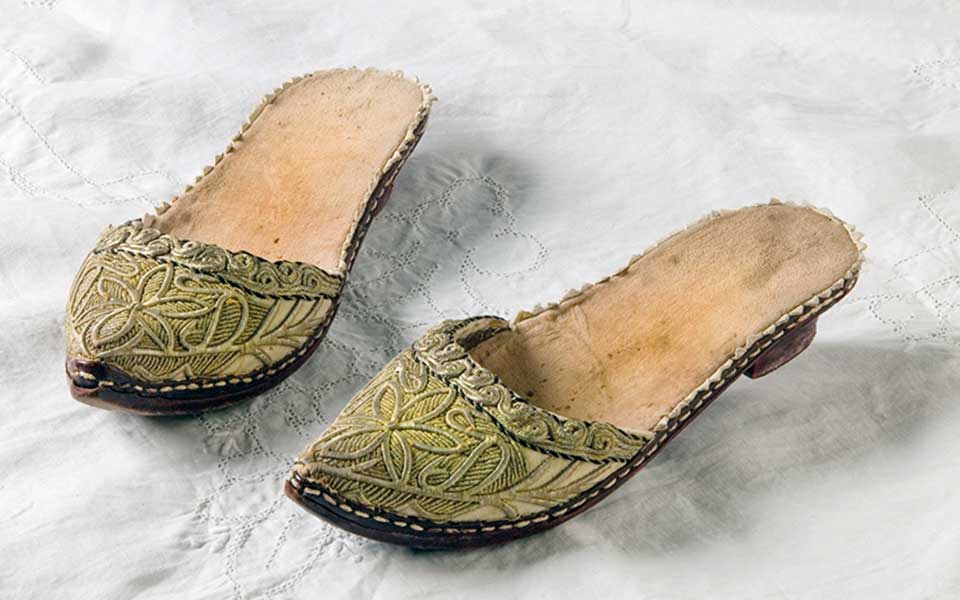
© Nicholas Papas personal archive
BOUKLA
Both dramatically ornamental and essentially functional, six of these round brooches pinned closed the poukamiso, or blouse. Their foliate decoration was wrought using granulation and blind filigree. From the bottom boukla hung the five-fold crusader cross.
ZOSMA
A piece of silk up to six meters in length and a meter wide would be wrapped around a woman’s hips. Formal ones were gold-threaded with silver edging and held with fasanous, or silver woven tassels.
KOUNTOURES
Today, it’s hard to imagine how women managed to move around in these everyday-wear open slippers, gold embroidered on velvet with sturdy leather soles. A new pair might be given by a bride to her fiancé to impress him with her handicraft skills.

